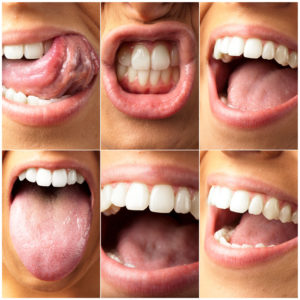- About Us
- Patient Resources
- EXPERTISE
ORTHODONTICS AND DENTOFACIAL ORTHOPEDICS
- TECHNOLOGY
- Blog
- Contact
 When it comes to orthodontics, many children and teens express uncertainty at the mere concept of having a mouth full of metal. Of course, anyone who’s ever had braces can probably tell you that they don’t feel nearly as invasive or uncomfortable as they may seem. But before your child gets braces, it’s important to make sure they know what to expect to put their minds at ease. Here are some answers to some commonly asked questions about braces.
When it comes to orthodontics, many children and teens express uncertainty at the mere concept of having a mouth full of metal. Of course, anyone who’s ever had braces can probably tell you that they don’t feel nearly as invasive or uncomfortable as they may seem. But before your child gets braces, it’s important to make sure they know what to expect to put their minds at ease. Here are some answers to some commonly asked questions about braces.
First, it’s important to understand that every mouth is different. Typically, the ages when children get braces range from 10 to 14. This is usually around the time where the mouth is still growing and permanent teeth are breaking through. Correcting any bite issues around this stage is normally the most effective method. However, many older teenagers and adults get braces as well.
Braces are known for being the best option to combat teeth misalignment and bite issues. There are alternatives to metal braces that involve clear brackets — in fact, Invisalign has about a 96% patient satisfaction rate and an average treatment duration of just one year. Orthodontics for children and teens also involve options that are removable (think of a retainer). For adults, however, veneers are a viable alternative, although they will require maintenance and are purely for aesthetic purposes. Before making any final decisions, it’s always best to discuss all available options with an orthodontist.
When considering the length of treatment with braces, there are many factors that play a role. Treatment times can be as short as one year or as long as three or more years. Oral B explains, “On average, most kids wear braces for one to three years, but this can vary greatly for each person based on growth and the severity of the problem. It also depends on the cooperation of the patient, including maintaining good oral hygiene, wearing auxiliaries such as rubber bands as directed, avoiding damaging food, and keeping all of their follow-up appointments.”
Ultimately, it’s important to weigh all of your options before deciding on the best orthodontics for children and teens. Whichever option you choose, make sure to prioritize proper care in order to have a brilliant and beautiful smile for years to come.
Admit it. You think all orthodontic offices are the same. Most are. We aren’t. We believe your experience should be something special.
Contact Us Today